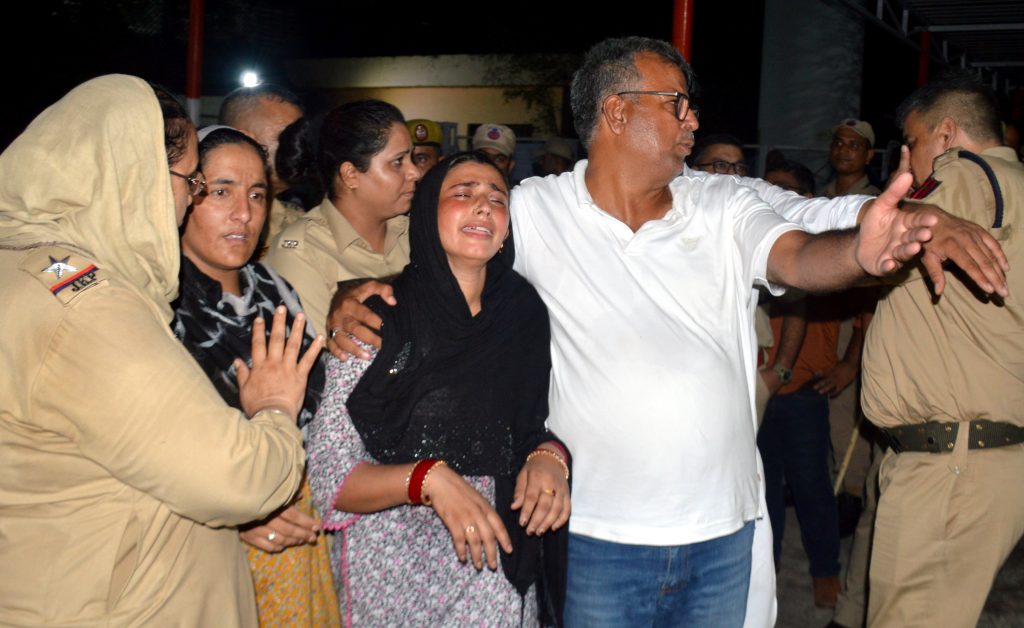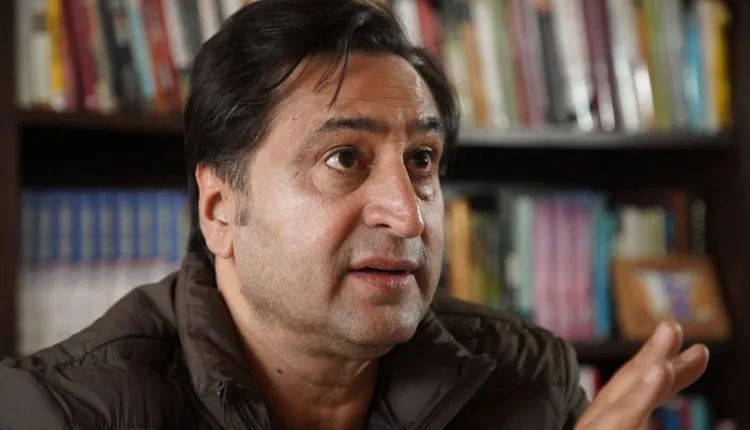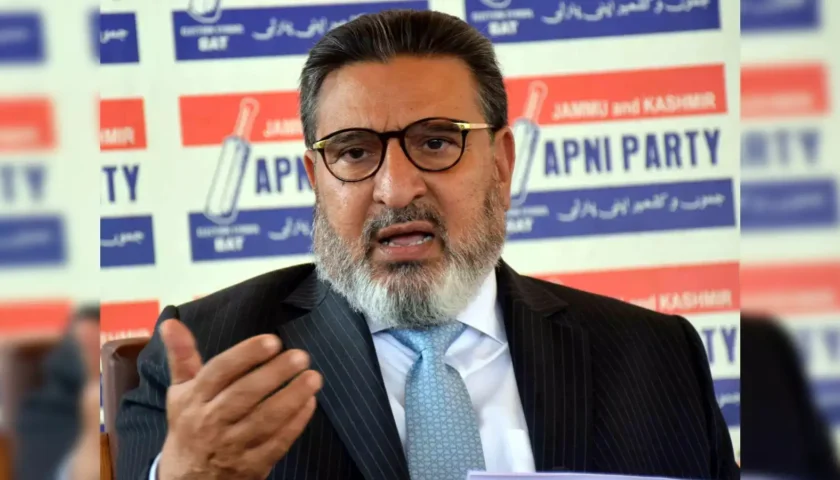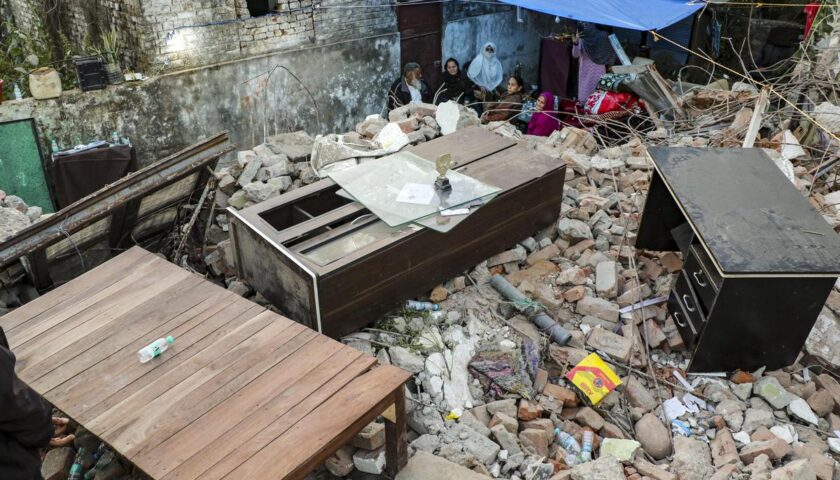Jammu Police Shooting: Gujjar Youth Mohammad Parvez Killed in Alleged Fake Encounter, Sparks Protests and Political Storm
By: Javid Amin | Srinagar | 25 July 2025
A Life Lost in Seconds — Who Was Mohammad Parvez?
On July 24, 2025, a regular day for Mohammad Parvez, a 21-year-old from Nikki Tawi, Jammu, turned into a national headline. He had stepped out to purchase medicine with his brother-in-law, but never returned home.
Instead, news came that he had been shot dead during a police operation in the Sure Chak area of Jammu district.
Authorities claimed it was an unfortunate crossfire incident during a chase involving suspected drug peddlers.
But the family’s version is starkly different—and so are the voices of local eyewitnesses, activists, and community leaders.
What followed was not just mourning—but anger, disbelief, and rising outrage.
What Exactly Happened in Sure Chak?
According to the initial police statement, on the evening of July 24, a police team was conducting an operation in Sure Chak targeting suspected drug traffickers. During the operation, police said:
-
A chase ensued involving suspects.
-
There was firing exchanged near a narrow street.
-
Mohammad Parvez was allegedly caught in the crossfire.
He was declared dead on arrival at GMC Jammu hospital.
However, this version is being challenged forcefully by eyewitnesses and the victim’s family.
Eyewitnesses Tell a Different Story
Eyewitnesses from Sure Chak allege:
-
No crossfire was visible during the time of the incident.
-
Police fired without provocation.
-
Parvez was shot at close range, possibly without a warning.
Some even allege that the police planted evidence afterward and took control of the CCTV footage from a nearby building.
One resident said:
“There was no chase, no gunfire from any drug peddler. Parvez was walking with someone and was shot suddenly.”
These statements have added fuel to allegations that the incident was not just a tragic mistake—but a deliberate act of extrajudicial violence.
A Family’s Pain — “He Was Innocent”
Parvez’s father, Mohammad Latief, broke down while speaking to the press:
“My son was not a criminal. He had no FIRs, no history of drugs. He just stepped out to buy medicines. Why did they kill him?”
His mother, inconsolable, fainted at the news.
The family provided:
-
Proof that Parvez had no criminal record.
-
Statements from locals backing their claim.
-
A formal request for an independent judicial probe.
They also rejected the police’s assertion that narcotics were recovered, saying:
“If they had drugs, where are the pictures? Why were there no arrests? Why did only my son die?”
Official Reaction — Suspension, Inquiry, and SIT
In the face of growing outrage, the Jammu & Kashmir Police initiated immediate damage control.
Actions Taken:
-
Two police officers were suspended pending inquiry.
-
A Magisterial Inquiry was ordered.
-
A Special Investigation Team (SIT) was constituted to probe the incident.
The police said they were committed to a fair and impartial investigation and would act based on the SIT’s findings.
However, critics argue that internal probes lack credibility, especially when police conduct is in question.
Political Storm — Leaders Demand Accountability
The killing of a Gujjar youth in Jammu shoot-out quickly turned into a major political issue, cutting across party lines.
Omar Abdullah, Former CM (NC):
“This is highly unfortunate. A transparent and time-bound probe must be initiated. Such incidents destroy trust between communities and the state.”
Mehbooba Mufti, Former CM (PDP):
“The labeling of an innocent youth as a drug peddler posthumously is despicable. Rule of law must prevail. We demand accountability.”
Altaf Bukhari (JKAP):
“No justification can excuse the death of an unarmed youth. Accountability must start from the top.”
These voices reflect a deep political consensus—that something went horribly wrong, and justice must not be delayed.
Gujjar Community Reacts — Protests and Pain
The Gujjar community, one of the largest tribal groups in J&K, has reacted with fury and fear.
In Nikki Tawi and surrounding areas, protests erupted with slogans like:
-
“Justice for Parvez!”
-
“Stop targeting our youth!”
-
“Gujjar lives matter too!”
Community Demands:
-
Immediate arrest of those responsible
-
A judicial inquiry, not a police probe
-
Compensation and a government job for Parvez’s family
-
End to discriminatory profiling of tribal youth
Social activists say this incident fits a pattern of growing state violence against marginalized communities, particularly tribals and Muslims.
Pattern or Exception? A History of Alleged Fake Encounters
Many are calling the death of Mohammad Parvez a fake encounter—a claim that’s been made multiple times in J&K over the years.
Notable Past Cases:
-
Shopian (2020): Three Rajouri laborers were killed in a staged gunfight and later buried as “foreign militants.” It was later revealed they were civilians.
-
Amshipora (2020): Army Captain convicted for staging an encounter for reward and promotion.
-
Pulwama (2021): Allegations of fake encounter denied, but family never received answers.
Such cases contribute to a climate of fear, where youth, especially from poor and tribal backgrounds, are treated with suspicion.
Legal and Civil Society Demands
Legal experts and human rights groups have called for:
-
Immediate judicial intervention
-
Independent autopsy and forensic review
-
Filing of IPC 302 (murder) against the officers
-
Public release of CCTV footage and evidence
Civil Society Speaks:
The Islamic Welfare Organisation, J&K Civil Liberties Forum, and Kashmir Peace Foundation have all condemned the incident.
“This is a misuse of uniform and power. Every fake encounter tears the fabric of law and democracy.”
— Civil Rights Joint Statement
Data Behind the Fear — Extrajudicial Actions in India
According to data from NHRC and independent trackers:
-
Over 160 cases of alleged fake encounters reported from J&K between 2008–2024
-
Around 42% victims were youth under 25
-
Less than 5% of such cases led to convictions
This bleak statistic underscores why trust in institutional justice is low, particularly among tribal and Muslim families.
Media Spotlight and Public Mobilization
The Gujjar youth killed in Jammu shoot-out became a top trending topic on X (formerly Twitter) and Instagram within hours.
Journalists, influencers, and human rights advocates amplified:
-
Parvez’s background
-
Video clips of protests
-
Family interviews
Public mobilization helped force official response, highlighting the power of digital advocacy in today’s Kashmir.
What Happens Next?
The next 30 days are crucial for the trajectory of this case.
Key milestones:
-
SIT investigation deadline
-
Magisterial report submission
-
Public call for judicial intervention
What justice looks like will depend on:
-
Whether charges are filed
-
Whether CCTV footage is made public
-
Whether any officers are arrested
Anything less than transparent justice will likely intensify protests.
The Larger Issue — Law, Order, and Trust
At its core, this is not just about one killing. It’s about the social contract between the state and its people.
When law enforcement kills a citizen without process, it erodes:
-
Trust in governance
-
Faith in law
-
Peace in society
This incident is a test case—not just for the police, but for democratic institutions in J&K.
Key Takeaways — Quick Summary Table
| Item | Details |
|---|---|
| Name of Deceased | Mohammad Parvez, 21, from Nikki Tawi |
| Date of Incident | July 24, 2025 |
| Location | Sure Chak, Jammu |
| Official Claim | Died in crossfire with drug peddlers |
| Family Claim | Innocent, shot without warning |
| Police Action | 2 suspended, SIT, magisterial probe |
| Political Response | Condemnation from all major parties |
| Community Response | Gujjar protests, civil society outrage |
| Demand | Judicial probe, arrests, compensation |
Bottom-Line — A Life Demands Justice
Mohammad Parvez had dreams. He had no criminal record. He had a family. And he had a right to live.
If justice is delayed or denied in this case, it will set a dangerous precedent. For thousands of Gujjar youth, it will reaffirm that their lives are disposable.
Let this not be another case closed. Let it be case reopened, reexamined, and resolved—with truth, justice, and accountability.




